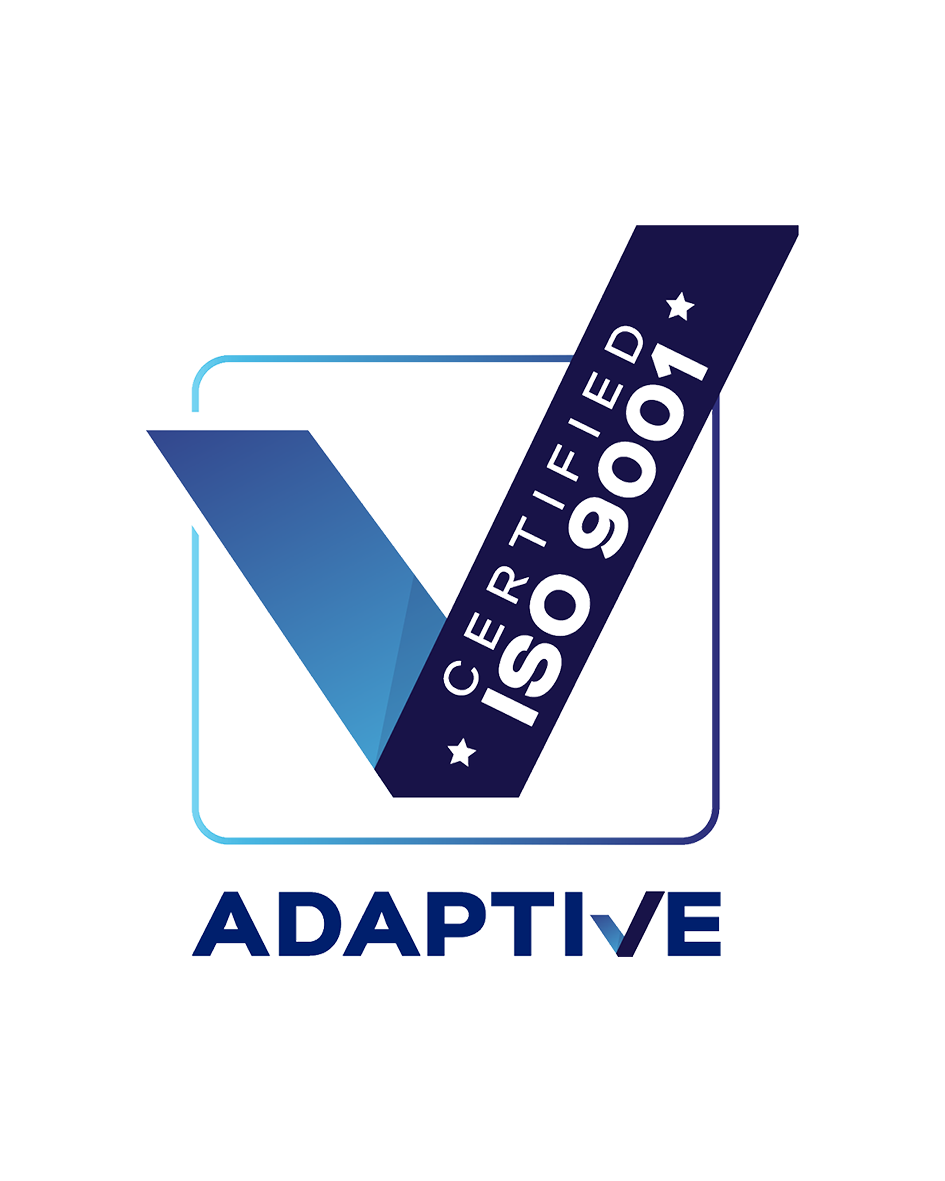Search
If you cant find what you’re after please don’t hesitate to contact us.
Select Region
Please select the global region website you'd like to view.
Asia
Japan
Europe
United Kingdom
Get a FREE Quote
Submit your enquiry using the online form with a brief description of the issue. A Mainmark expert will be in touch within 24–48 hours (excluding weekends and public holidays). After clicking Submit, you’ll receive an email with the next steps—please check your inbox and spam folder.
Mainmark appoints Peter Bierton as new CEO
Technology Spotlight: Teretek®
JOG: Transforming structural re-levelling
Ageing infrastructure: restoration over replacement
How climate change may affect your property’s foundations
What to do if your home is subsiding
Addressing wall cracks: know your soil types
Why it’s important to assess the home for wall cracks and foundation damage this summer
Is this the reason machinery is malfunctioning?
Why do foundations sink?
What’s the difference between concrete underpinning and resin injection?
When should you worry about cracks in your walls?

© 2025 The Mainmark group of companies. ‘Mainmark®’, ‘Terefil®’, ‘Terefirm®’ and ‘Teretek®’ are trademarks of the Mainmark group of companies.
Mainmark Ground Engineering Pty Ltd
ABN: 51 606 182 503






























